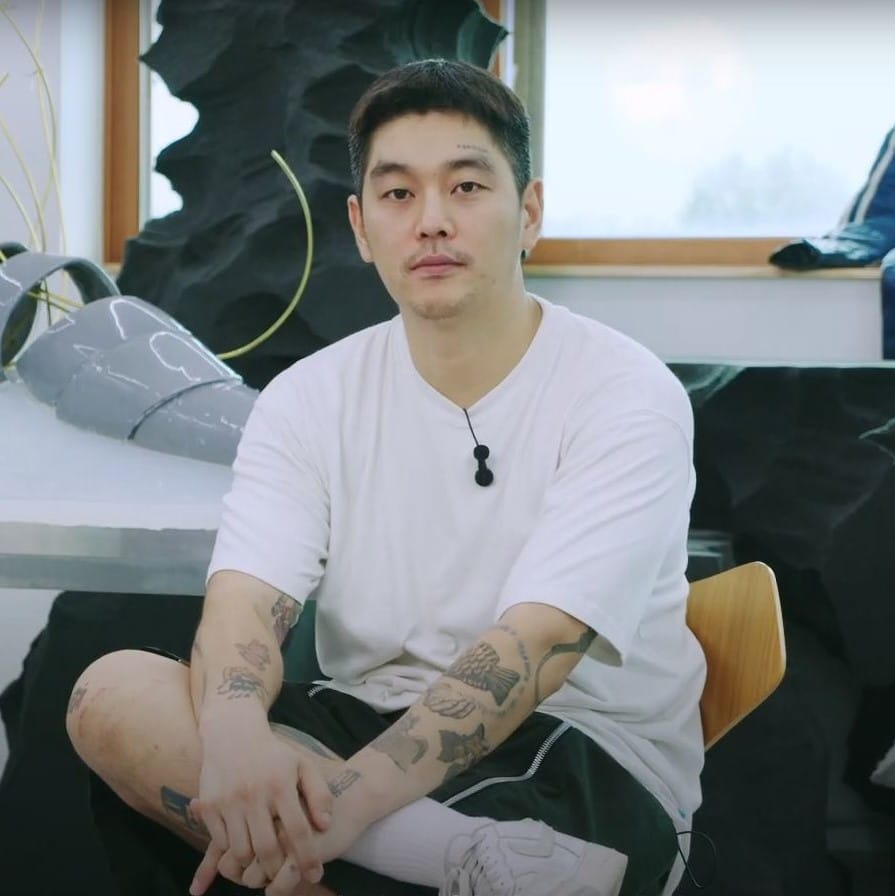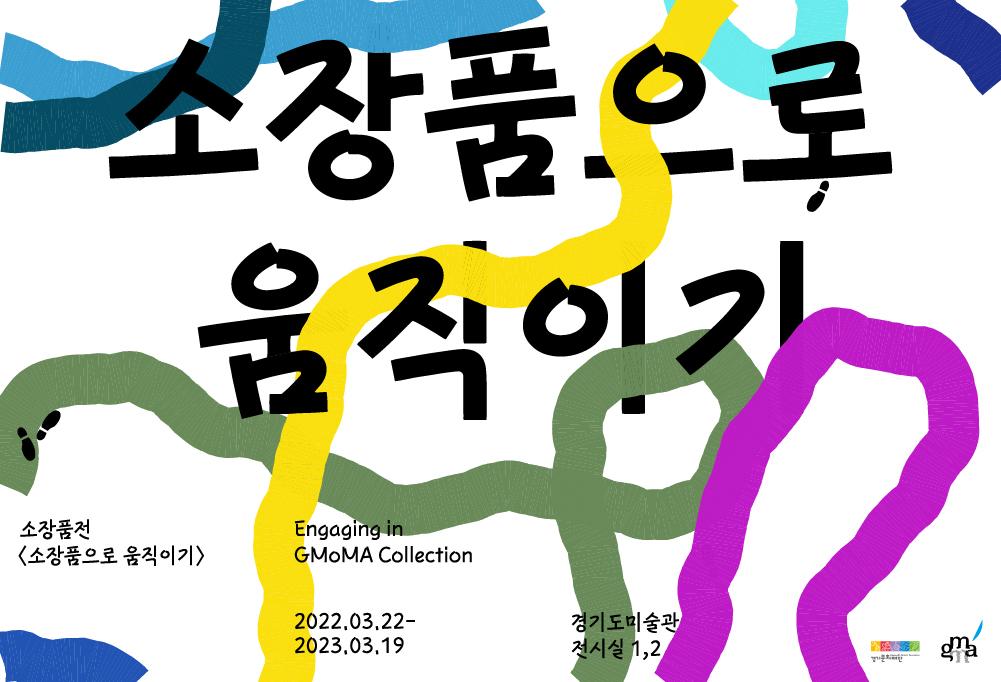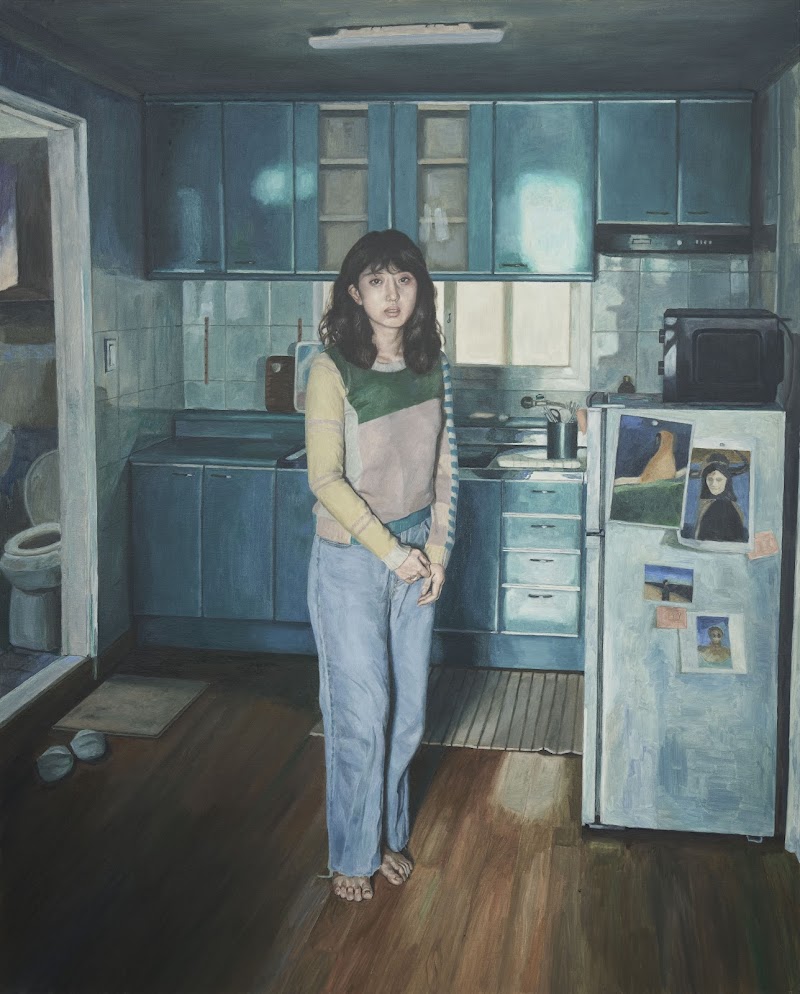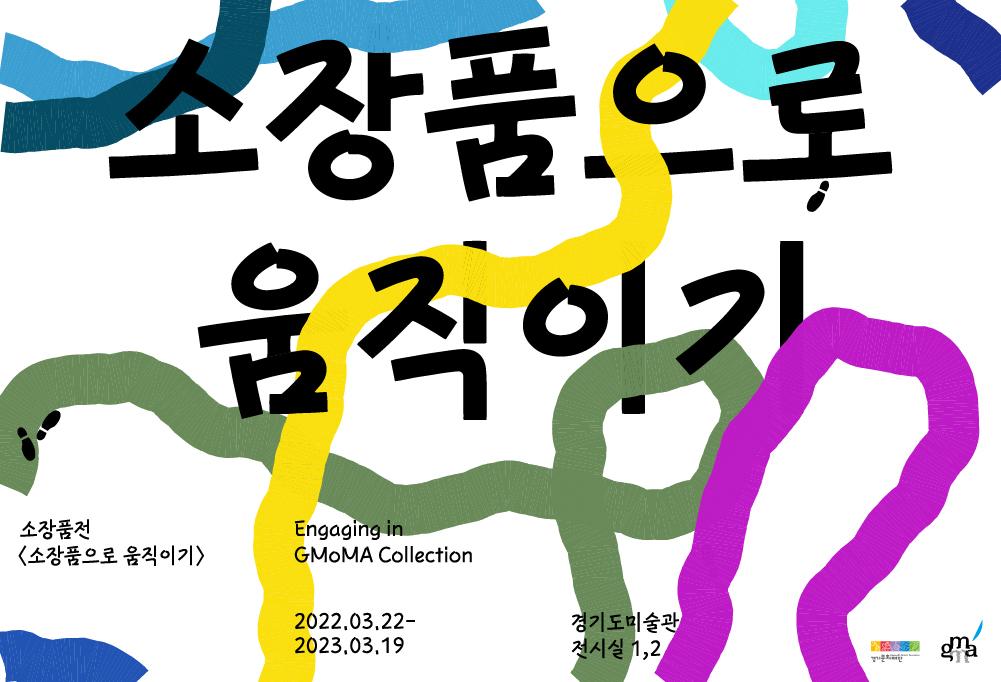 Title image of "Engaging in GMoMA Collection," the Gyeonggi Museum of Modern Art, Ansan, Korea. (March 22, 2022 – March 19, 2023). © The Gyeonggi Museum of Art (GMoMA).
Title image of "Engaging in GMoMA Collection," the Gyeonggi Museum of Modern Art, Ansan, Korea. (March 22, 2022 – March 19, 2023). © The Gyeonggi Museum of Art (GMoMA).South Korea, with its highly homogenous population, still has a strong tendency to maintain its cultural identity. As more and more links between the physical and Internet spaces emerge, more diverse cultures will be introduced to the country, creating more exchanges between different cultures.
Since understanding and accepting the diversity of cultures is an important part of the future, the Gyeonggi Museum of Modern Art in Ansan has opened an exhibition titled Engaging in GMoMA Collection.
The exhibition attempts to provide an opportunity to broaden our understanding of cultural differences and diverse identities through the 22 artworks of 16 artists created around 2010 from the museum’s collection. The exhibition will be on display until March 19, 2023.
Engaging in GMoMA Collection consists of works by contemporary artists who have conducted various activities in their own way in the Korean contemporary art world, including JeongMee Yoon, Lee Bul, Lee Sang Hyun, Yeesookyung, Chung Seoyoung, Jung Yeondoo, and Hong Young In. These artists discuss the contemporary issue of diversity, an increasingly important agenda in Korean society.
 박원주(Park Wonjoo), '펴기_192110(부제: 한 남자의 초상 1921)(Smooothing_192110),' 2007, 나무에 유리, 혼합재료, 35×32×11 cm
박원주(Park Wonjoo), '펴기_192110(부제: 한 남자의 초상 1921)(Smooothing_192110),' 2007, 나무에 유리, 혼합재료, 35×32×11 cm박원주(Park Wonjoo), '펴기_200206(부제: 한 여자의 초상 2006)(Smooothing_200206),' 2007, 나무에 유리, 혼합재료, 35×32×11 cm
The two sculptural works of Park Wonju (b. 1961), using distorted frames, are titled Smooothing to emphasize and disprove that they are crumpled like broken mirrors. The wrinkled surface allows the work to have unique shapes. The artist added subtitles to each artwork in Korean: a portrait of a man 1921 and a portrait of a woman 2006. The subtitle of each piece may speak of biological sex but not of the characteristics of our socially recognized gender. Rather, it focuses on the fact that each woman or man has their own uniqueness in their own way.
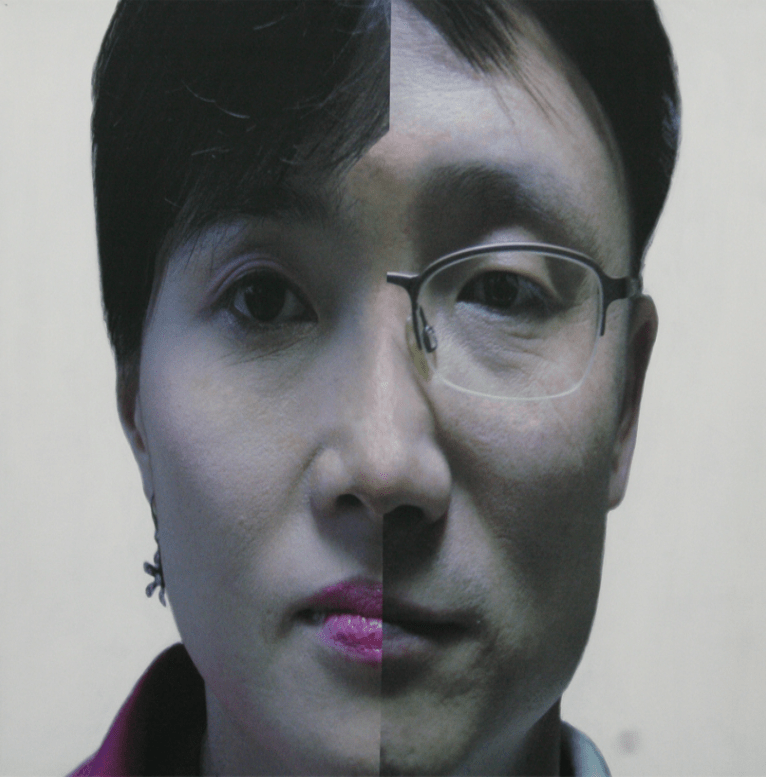 정재석(Jung Jae Seok), '연인 또는 부부', 2006, 컴퓨터 실사출력에 유채, 73×91 cm
정재석(Jung Jae Seok), '연인 또는 부부', 2006, 컴퓨터 실사출력에 유채, 73×91 cmThere is a saying that couples look alike. Artist Jeong Jae Seok took pictures of couples’ faces, composited the halves of each face into one, and added oil paint to the printed image. In the artwork, the two different figures somehow resemble each other. Two people who have lived different lives move toward the ideal life goal of being one as a couple. However, two characters with different identities will face constant conflict in achieving that goal.
 윤정미(Yoon JeongMee), '핑크 프로젝트-지우와 지우의 핑크색 물건들(Jiwoo and Her Pink Things)', 2007, 라이트 젯 프린트, 122×122 cm
윤정미(Yoon JeongMee), '핑크 프로젝트-지우와 지우의 핑크색 물건들(Jiwoo and Her Pink Things)', 2007, 라이트 젯 프린트, 122×122 cm윤정미(Yoon JeongMee), '블루 프로젝트-콜과 콜의 파란색 물건들(Cole and His Blue Things)', 2006, 라이트 젯 프린트, 122×122 cm
JeongMee Yoon (b. 1969) worked on The Pink and Blue Project from 2006 through 2015. In the photography works, each child is surrounded by different objects filled with particular colors. The artist took out all the things a child owned, sorted them, and organized them, filling the whole picture. We notice different pop culture images from the objects and sense the consumerist culture that dominates our lives through the scene that unfolds in the group of works. Meanwhile, seeing Jiwoo full of pink objects and Cole surrounded by blue colors shows how much our society divides gender into two distinct categories.

홍영인(Hong Young In), '타일랜드에서 만난 두 신사들 2006년 여름', 2008, 무대배경천, 아크릴 채색, 스프레이, 자수, 205×140 cm
In Hong Young In’s (b. 1972) Statue Series (2008), the embroidery works depict different civic statues with a carpet-like background painted with acrylic paints. These works make us rethink the image of sculpture and painting as well as the visual characteristics that we subconsciously classify as female and male, Eastern and Western.
 송영화(Young W. Song), '캐주얼 비주얼', 2006, 분쇄토, 화장토, 가변크기
송영화(Young W. Song), '캐주얼 비주얼', 2006, 분쇄토, 화장토, 가변크기Casual +visual (2006) by Young W. Song (b. 1968) consists of dozens of sculptural pieces. The artist, who attempts to break down conventional notions through knitting work, used ceramics in the shape of a top or torso in this work. We imagine whether the casted chest is from a female or male body, but some pieces are difficult to distinguish as a specific gender. The artist attempts to neutralize our gaze, which classifies people by gender.
 정서영(Chung Seoyoung), '정오에서 자정까지', 2007, 알루미늄에 도색, 모래, 56×460×7 cm
정서영(Chung Seoyoung), '정오에서 자정까지', 2007, 알루미늄에 도색, 모래, 56×460×7 cmChung Seoyoung’s (b. 1964) sculptures are neither painted nor sculpted with materials that are not commonly used in the sculpture genre. Chung emphasizes the materiality of objects and pushes them into unfamiliar combinations. The artist allows the audience to see the unexpected results that arise from doing so. Therefore, the context of the work and the place where it is installed becomes an important part of the artwork. From Noon to Midnight (2007) implies time, yet the artist suggests that viewers think about the existence of the objects and how these are dealt with in the work as she removes the general meaning and function attached to them.
 손국연(Son Kuk Gyon), '중국에 있는 조선인 No.15', 2008, 디지털프린트, 160×122 cm
손국연(Son Kuk Gyon), '중국에 있는 조선인 No.15', 2008, 디지털프린트, 160×122 cmSon Kuk Gyon (b. 1959) is a North Korean who was born in China. She started her career as an artist in the 1980s and began to reconsider her identity when she earned a chance to hold an exhibition in South Korea in the early 2000s. Her suffering from an identity crisis is expressed in a painting titled North Korean in China No. 15, which depicts a woman on the maps of Korea, North Korea, and China. Sweetness forever is a photography work in which the artist applied white sugar to her own naked body. The white sugar is a device that affirms the artist’s middle-aged body.
 정연두(Jung Yeondoo), '수공기억-육간대청(Handmade_Memories)', 2008, C프린트, 66.3x99.5 cm
정연두(Jung Yeondoo), '수공기억-육간대청(Handmade_Memories)', 2008, C프린트, 66.3x99.5 cmJung Yeondoo’s (b. 1969) Handmade Memories consists of videos, photographs, and installations. Six videos and two photographic works from this group of artworks are in the museum’s collection. The video work, a set of two screens, plays an interview of elders on one side and a video created by the artist based on the elders’ stories. In the photography works, the artist captures a screen of an old man’s story of his military experience and a house installation scene, and the other contains a scene of an elderly person’s childhood story and a stage embodying a barley field. Through this, the artist deals with identity as an elderly person.







